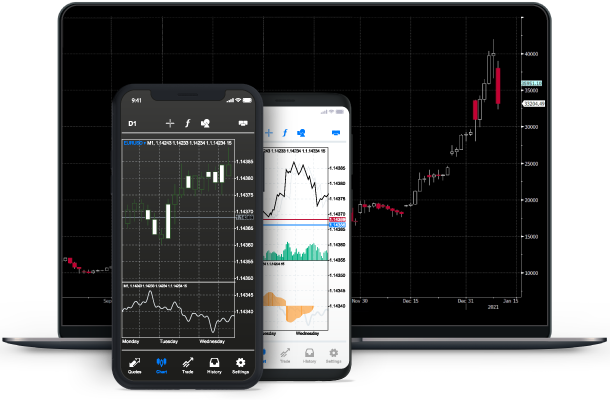Trading Guides: Reading the Economic Calendar
HOW TO READ THE ECONOMIC CALENDAR
Advanced trading plans, strategies and predictions require thorough knowledge of market-mover events and proper timing.
When read properly, the Economic Calendar is a useful tool for monitoring the release dates, and times, of important economic events that can strongly affect the markets.
Therefore, this article will serve as a short tutorial on how to read the Economic Calendar for learning the schedule of upcoming economic events.
Let us begin by finding where the events are displayed on the Economic Calendar.
EVENTS

As you can see in the image above, the column highlighted by the red circle provides the name of the event with a flag to its left side that shows to which countrys economy that specific event is relevant. For example, the event Gross Domestic Product s.a. (QoQ) has to do with the Gross Domestic Product of the European Union (EU Flag)
DETAILED REPORT

Clicking on individual events will bring up a detailed report containing in-depth information about each event respectively. For example, in the image above, we clicked on ZEW Survey and we received all the relevant information about the event on our screen.
SCHEDULE

The first of the two leftmost columns highlighted by the red circle gives the date & time of release while the second column acts as a timer (real-time), showing how much time is left until release.
IMPORTANCE OF EVENT

The column named Impact, highlighted by the circle in the image above shows the importance or power of a specific event to affect the markets. Low impact means the event is not so strong a market mover, while High impact means that the event could cause sudden fluctuations and volatility in the markets and should be monitored closely.
PAST RESULT FORECAST ACTUAL RESULT

The three rightmost columns show in sequence from left to right: 1) the results of the previous release (Previous), 2) the forecasts expected results – for the current release (Consensus) and finally 3) once the results are released, they appear in the third and last column (Actual).
This part of the economic calendar can be particularly useful for technical analysis; for assessing past and present performance while evaluating prediction strength and validity.
FILTERS
You can further customize this tool to display only the events you are interested in, and to adjust time to any time zone in the world.
To change the time zone simply click on the down pointing arrow as highlighted by the red circle in the image to the right.

To choose which events to have displayed according to currency and impact relevance click on the More drop down menu as seen in the image to the left.














